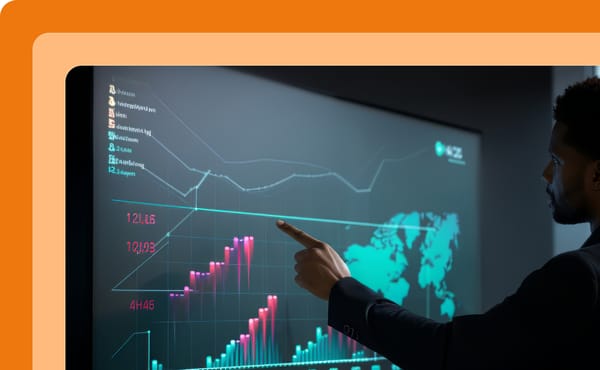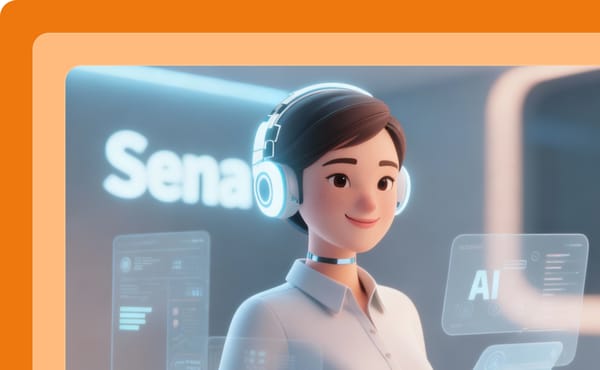
Winning Strategies for real time consumer intelligence in 2026
The era of instant insight In 2026, consumer behavior moves faster than quarterly reports. A sudden trend on social media, a spike in streaming activity, or a surge in product searches can shift revenue in hours. Brands that respond in real time capture opportunity; those that wait often miss it.












